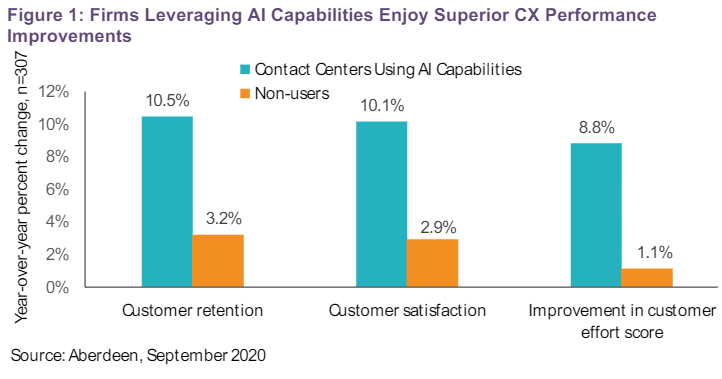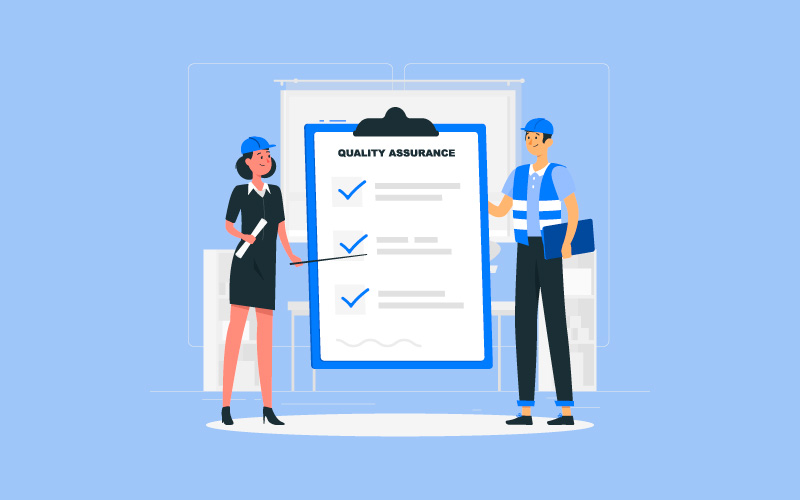Imagine yourself as a customer service representative at a popular online retailer. The holiday season is in full swing, and your inbox is overflowing with support tickets. Each interaction requires careful review to ensure customers receive prompt and accurate solutions. Yet, the sheer volume threatens to bury you under an avalanche of emails and chats.
This is the harsh reality faced by many customer service teams today. Balancing quality interactions with efficiency remains a constant struggle. Traditionally, manual Quality Assurance (QA) has been the norm. Here, human reviewers meticulously analyze interactions, identifying areas for improvement and training opportunities.
Why is QA Important in Customer Support?
Each support interaction holds the chance to increase the Customer Lifetime Value (CLV) with a business. A customer who is satisfied with the service provided or the customer support experience they have had is bound to make repeat purchases. They will also recommend the product to their friends and family. A dissatisfied customer, on the other hand, will stop buying from the brand and let their circle know about the experience they have had. When the stakes are so high, providing exceptional services is no longer an option.
“96% of our respondents say customer service plays a role in their choice of and loyalty to a brand.”
Source
Ensuring your team consistently delivers experiences that leave customers feeling valued and heard is a necessity. This is where Quality Assurance (QA) becomes your secret weapon.
QA goes beyond simply checking boxes. It empowers you to analyze customer interactions, pinpoint knowledge gaps in your team, and identify areas where scripts or processes need fine-tuning. Additionally, QA helps you gauge overall customer sentiment towards your brand. By acting on these insights, you can ensure all agents are adhering to best practices, fostering consistency in service delivery. Ultimately, this translates to a more positive customer experience.
While valuable, manual QA can be:
- Time-consuming: Each interaction requires dedicated human attention, leading to processing delays.
- Resource-intensive: As interaction volume increases, so does the need for reviewers, straining your budget and manpower.
- Limited in scope: With so much to analyze, reviewers may only focus on specific aspects, potentially missing crucial areas for improvement.
Fortunately, Kapture steps in with the game-changing innovation: Auto QA. This automated solution leverages technology to streamline and elevate the QA process. It guides you through the ever-increasing volume of support tickets to provide quality customer support.
Let’s delve deeper and explore how Auto QA can streamline your QA process and elevate your customer service game to new heights.
The Future of QA: How Automation is Transforming Quality Assurance
Technology has simplified a lot of the manual processes that have been vital for the growth and stability of a business. Auto QA, also known as Automated Quality Assurance, is one such tool that utilizes AI to automate various aspects of the QA process. With this technology, businesses can free up valuable time and resources, allowing them to focus on what truly matters: delivering exceptional customer experiences.

Auto QA empowers you to gain deeper insights into customer interactions beyond just listening. These tools leverage advanced speech and text analytics to analyze both voice calls and text transcripts.
How Does Auto QA Work?
Here’s a simplified workflow of Auto QA:
1 . Data Selection: Choose a sample of customer support interactions from various channels (calls, chats, emails).
Let’s say a customer initiates a live chat with a simple question about product features. They use keywords like “features” and “instructions” and maintain a neutral tone.
2. Automated Analysis: The Auto QA tool analyzes these interactions based on pre-defined parameters (e.g., keywords, sentiment, adherence to scripts).
Here, the tool focuses on keywords like “features” and “instructions” to ensure the agent effectively addresses the inquiry. The tool detects a neutral sentiment in the chat, indicating a straightforward information-seeking interaction. Specific scripts might not be used in chats, but the tool can analyze if the agent used clear and concise language while addressing the customer’s question.
3. Scoring & Reporting: The tool scores each interaction and generates reports with insights into agent performance, adherence to protocols, and overall customer sentiment.
Finally, the Auto QA report for the chat interaction can reveal if the agent consistently addresses customer inquiries clearly and concisely. This data, combined with overall sentiment analysis, empowers targeted training. If the average chat score dips, it could indicate a need for refresher training on specific product features or communication techniques. Ultimately, Auto QA reports provide valuable insights to continuously improve the chat experience and enhance customer satisfaction.
Benefits of Auto QA
Auto QA offers several advantages to traditional manual QA processes:
- Increased Efficiency: Auto QA can analyze a much larger volume of interactions in a shorter time frame, freeing up time for human reviewers to focus on complex cases.
- Scalability: As your customer base grows, Auto QA can easily scale to meet your needs, ensuring consistent analysis regardless of interaction volume.
- Data-Driven Insights: Auto QA provides objective, data-driven insights into your customer service performance, allowing you to make informed decisions for improvement.
- Reduced Bias: Human reviewers can be prone to bias, while Auto QA provides a more objective assessment based on pre-defined criteria.
In conclusion, Auto QA emerges as a powerful tool in the pursuit of exceptional customer service. Its ability to analyze vast amounts of data, identify trends, and score interactions offers invaluable insights for improving agent performance and overall customer sentiment.
However, a balanced approach is key. Auto QA may struggle with the subtle nuances of human communication and can’t replace the personalized training and development that human reviewers provide. Additionally, the effectiveness of Auto QA relies heavily on the quality and relevance of the data it’s trained on.
Therefore, the future of customer support QA lies not in a replacement, but in a collaboration. By leveraging Auto QA’s analytical prowess alongside the irreplaceable human touch, businesses can gain a comprehensive picture of their customer support operations. This allows for targeted training, proactive adjustments, and ultimately, the delivery of exceptional customer experiences that keep your customers coming back for more.
Ready to unlock the power of Auto QA and transform your customer service? Contact us today to learn more!








